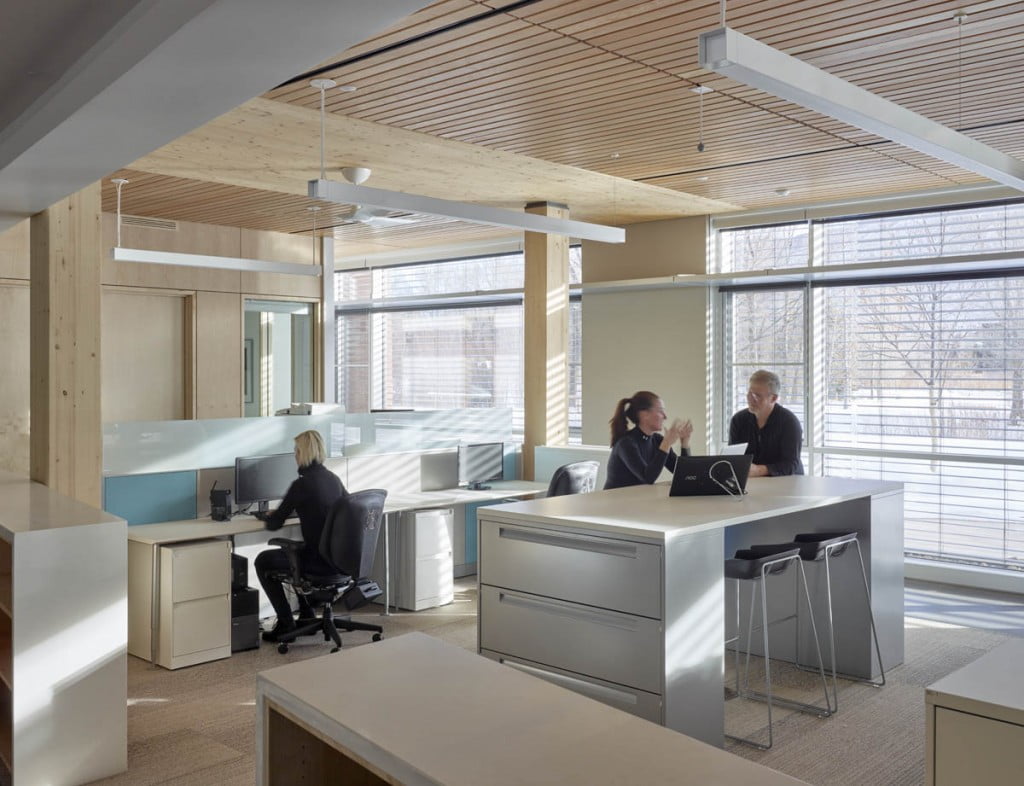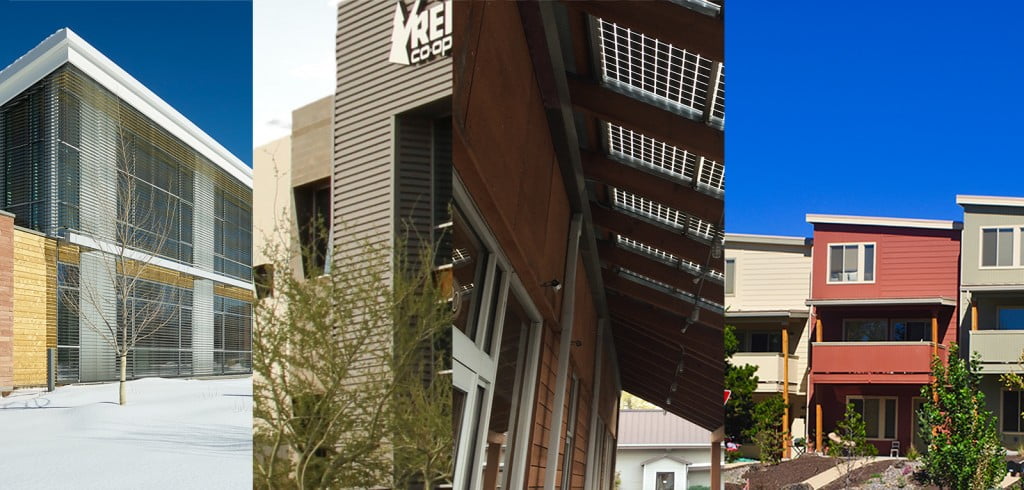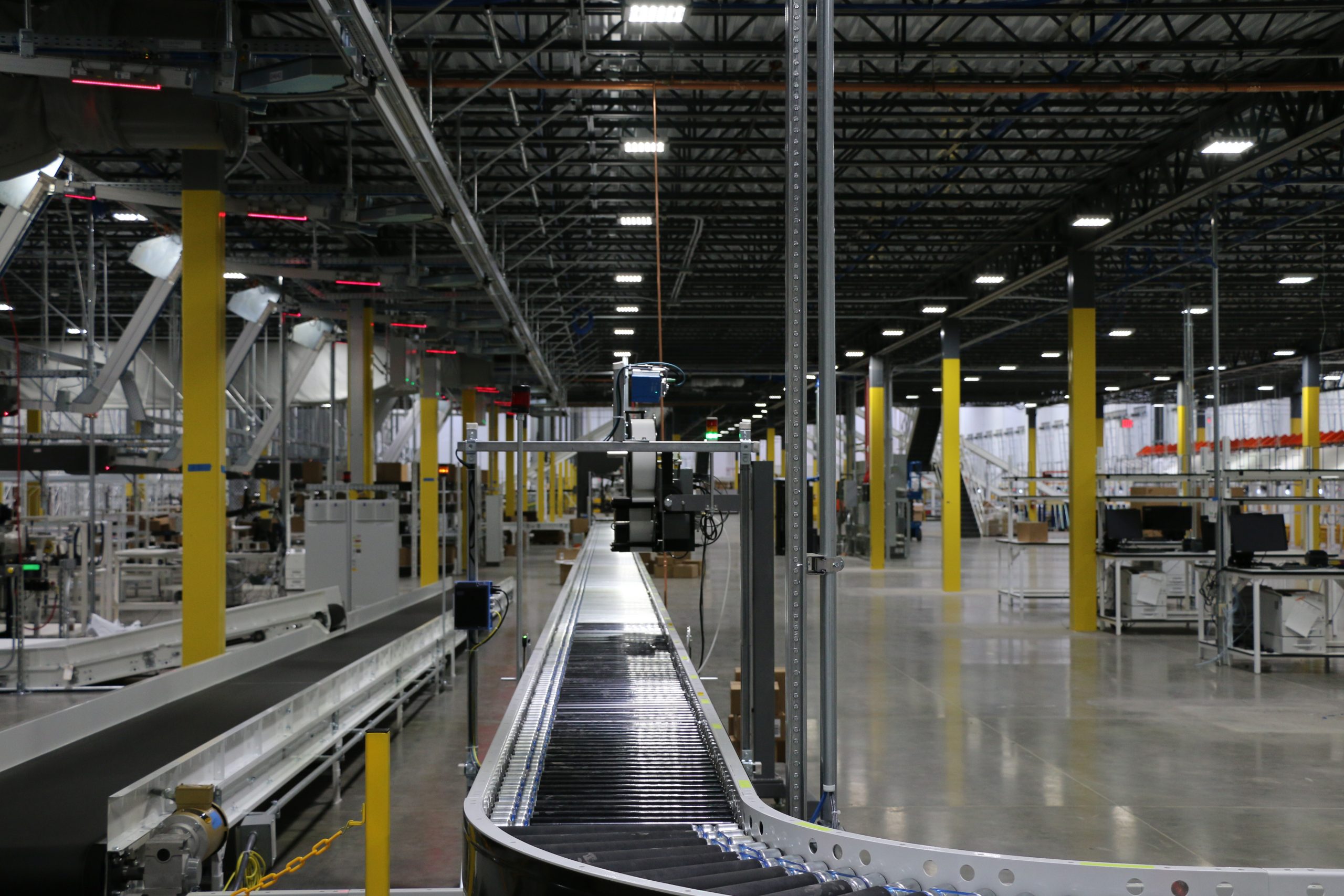It’s frequently noted that buildings release about 39% of human-generated carbon into the atmosphere. Of that amount, about half is from commercial buildings. While there are fewer buildings in the commercial sector than the residential sector, commercial buildings are much larger and may contain a wide array of equipment. The operating mentality is different, too. People that run offices, restaurants, and stores often consider monthly energy expenses just the cost of doing business, and simply build the ever-increasing cost into their overhead. Ultimately, customers pay the higher overhead resulting from wasted energy.
Business owners may think that cutting energy use is not cost-effective. To the contrary, it’s often far easier to control energy expenses than trimming other overhead costs. It’s also more reliable than increasing sales. For example, in grocery stores, saving $1 dollar in energy costs has the same impact on the bottom line as increasing sales by $59. In the retail sector, cutting energy costs by 20% will increase profits by 5%. Most buildings use a lot of electricity, the cost of which has been steadily increasing in price and will likely continue for decades. Slashing energy waste is good business.
New building projects will benefit from careful consideration of energy measures. Although building codes have improved over the last several years, codes aren’t an energy design target. They generally fall short of the most cost-effective level of efficiency. Several voluntary efficiency standards can give you a better target for energy-saving efforts. These include ENERGY STAR, LEED and Passive House. Many developers find that they can make their buildings generate as much energy as they use, thus achieving a zero energy balance. For inspiration, see the projects mentioned below or browse the extensive database of zero energy buildings maintained by the New Buildings Institute.
RMI Innovation Center
Good design is the cornerstone of zero energy buildings. But technology plays an important role as well. According to the Innovation Center at Rocky Mountain Institute, many buildings are limited by a lack of space available for solar panels. Even though solar is cheaper than ever, there may not be enough room on the building to meet the entire energy need with solar panels alone. Great windows, a robust building envelope and high-efficiency equipment lower the energy demand in the most cost-effective manner.

RMI’s Innovation Center features open workspaces with tons of natural light.
But what about those pesky occupants? Every building manager has stories of thermostat wars in which no setting will satisfy everyone. To address the issue, the Innovation Center gives individuals control of their own temperature. It begins with highly localized heating and natural ventilation. Then they add one particular feature commonly found in any building – office chairs – but these chairs have h built-in fans and heaters. That means that everyone can fine tune their comfort.
Most advanced buildings now incorporate energy monitoring and control strategies. The Innovation Center takes that one step further with on-site electricity storage. In keeping with RMI’s mission as a “think-and-do tank,” their energy dashboard is posted online.
Daylighting
New building designs always benefit from daylighting, which uses careful sizing and placement of windows.
Using tools, such as the Daylighting Pattern Guide, designers can fill their buildings with natural light at little, if any, additional construction cost. Light shelves, open work areas, and proper shading all contribute to proper distribution and control of natural light without overheating.
One common approach situates work spaces around a central atrium. This gives building occupants bright spaces to circulate or congregate, while allowing light into the center of the building. The most recent addition to the LinkedIn campus meets zero energy standards while offering various creature comforts, including enough natural light to grow indoor trees.
Equipment
There’s a good reason why savvy architects start with an enhanced thermal envelope. While shell features sometimes costs more, HVAC equipment can be smaller and less expensive, bringing high-efficiency equipment into range for most budgets.
Ground source heat pumps (GSHPs) play an important role in many high-performance commercial buildings. Lane Community College’s Downtown Center circulates water through a series of wells below the building to draw low-grade heat from the ground. That water runs through water-source heat pumps that bring it up to higher temperatures useful for space and water heating. In summer, the GSHPs chill the building (when necessary) and drive heat back into the thermal mass of the earth, so it can be extracted the next heating season. GSHPs are versatile elements of large mechanical systems.
While not among the most energy-intensive building types, warehouses and distribution centers offer unique opportunities. REI’s new distribution center in Goodyear, Arizona houses all the typical zero energy features, such as lighting and cooling. In addition, the designers targeted an energy use specific to this type of building: conveyors. They selected equipment that would automatically shut off when items were not present rather than running continuously. This is a good example of anticipating wasteful operations and turning them into money-saving opportunities.

Beyond Energy
While saving money is the biggest advantage of reducing energy use, there are other benefits too – benefits that tend to align with the business sector. For example, daylighting has been documented to increase retail sales. High-performance restaurant windows improve customer comfort by reducing radiant heat loss that chills patrons seated near windows. In schools, increased natural light has been shown to boost academic performance.
While the Toyota Motor Corp. has pioneered hybrid-electric vehicles, one Oregon dealer has taken a big step to improve another area of business operations. The Toyota dealership in Corvallis, Oregon recently moved into the first zero-energy building in the Toyota network. On-site solar panels will generate 300,000 kWh per year and rainwater is stored for landscape irrigation.
Even building types that are particularly energy intensive, such as laboratories, have made the leap to zero energy. The Sbrega Health and Science Building at Bristol Community College and the Energy Systems Integration Facility at the National Renewable Energy Lab are good examples.
A common thread in zero energy buildings is the focus on beauty and livability. It’s often said that good design costs no more than bad design. These buildings use good design to combine energy efficiency with health and productivity and we applaud their effort.
Many environmentally-conscious companies are developing zero energy buildings. Large corporations, such as Apple and Google, now have zero-carbon data centers. It’s safe to say that these are not entirely altruistic moves. Businesses at all levels are seeing the future of efficiency at the highest level: zero energy operations.

